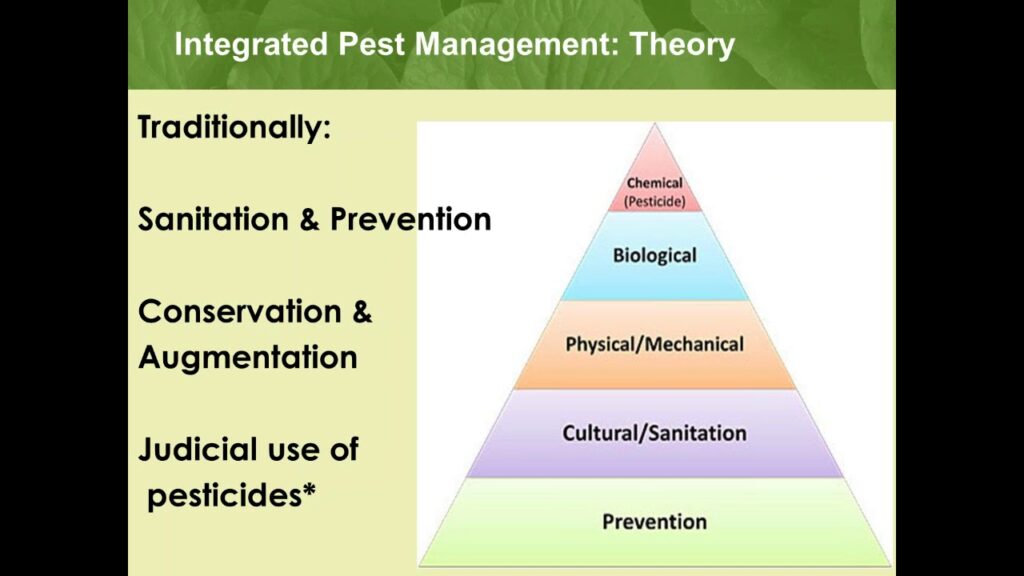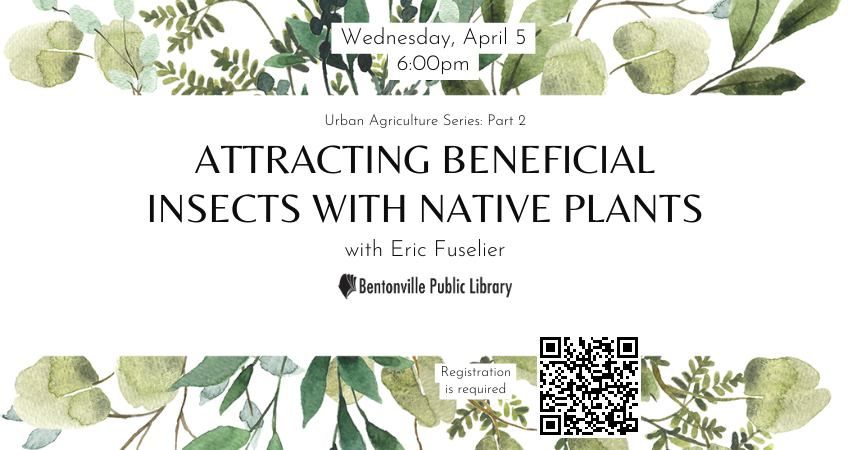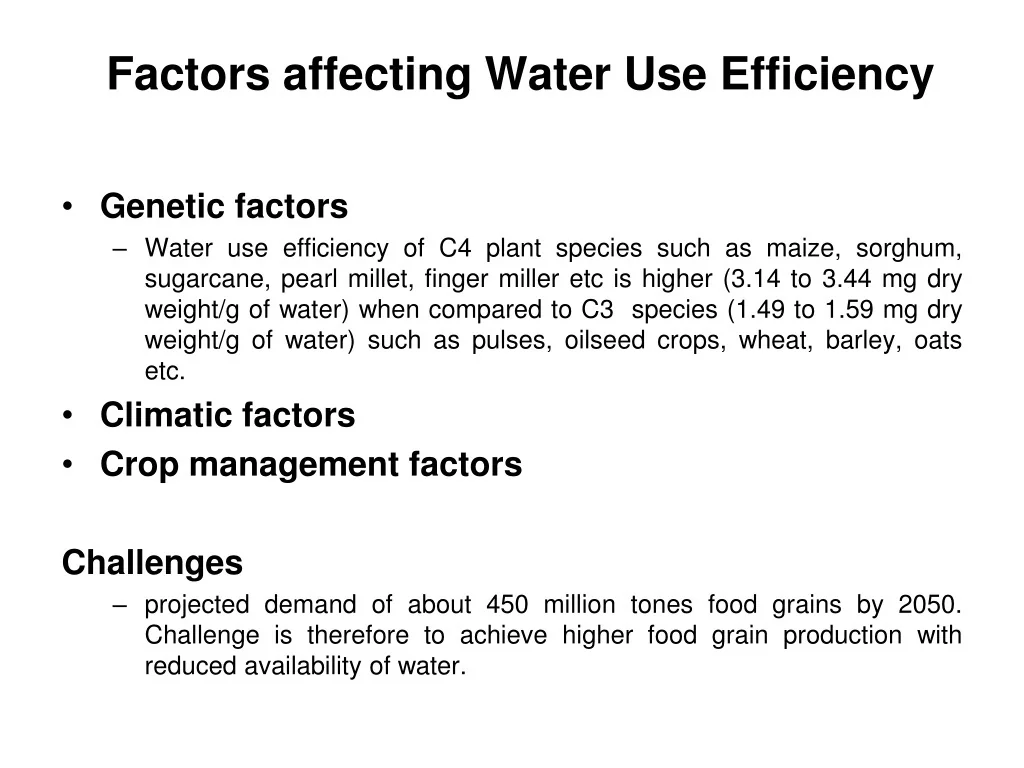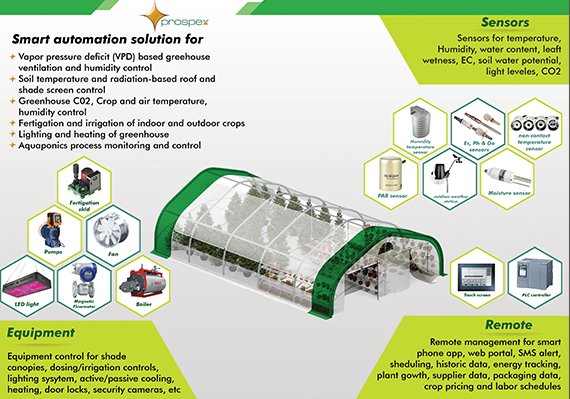
Introduction to Integrated Pest Management (IPM)
In the realm of agriculture, horticulture, and even our own homes, the battle against pests is a constant one. Pests, whether they are insects, weeds, or diseases, can wreak havoc on crops, landscapes, and property. Traditional pest control methods often rely heavily on chemical pesticides, which can have detrimental effects on the environment, human health, and non-target organisms. Enter Integrated Pest Management (IPM), a sustainable and holistic approach to pest control that minimizes these risks while effectively managing pest populations. IPM isn’t just about spraying pesticides; it’s a comprehensive strategy that considers the entire ecosystem and employs a variety of tactics to keep pests at bay.
The core philosophy of IPM revolves around understanding the biology and behavior of pests, monitoring their populations, and implementing a combination of preventive and control measures. The goal is not necessarily to eradicate pests entirely, but rather to manage them at levels that do not cause unacceptable damage. By focusing on long-term solutions and minimizing reliance on chemical interventions, IPM promotes a healthier environment and a more sustainable approach to pest management.
The Principles of Integrated Pest Management
IPM is built on a foundation of several key principles that guide its implementation. These principles ensure that pest control strategies are effective, environmentally sound, and economically viable.
1. Prevention
Prevention is always better than cure, and this holds true for pest management as well. Preventive measures aim to create an environment that is less conducive to pest infestations. This can involve practices such as selecting pest-resistant plant varieties, maintaining healthy soil, ensuring proper irrigation and drainage, and implementing sanitation measures to eliminate potential pest habitats. For example, in agriculture, crop rotation can disrupt pest life cycles and reduce the build-up of pest populations in the soil. In homes, sealing cracks and crevices can prevent pests from entering, while proper food storage can eliminate potential food sources.
2. Monitoring and Identification
Accurate pest identification and regular monitoring are crucial for effective IPM. Before any control measures are implemented, it’s essential to know exactly what pests are present, how many there are, and what stage of their life cycle they are in. Monitoring can involve visual inspections, trapping, or the use of other sampling methods. Accurate identification is important because different pests require different control strategies. For instance, a fungal disease requires a different approach than an insect infestation. By monitoring pest populations, you can determine whether control measures are necessary and when they will be most effective.
3. Setting Action Thresholds
Action thresholds are predetermined levels of pest populations or damage that trigger the implementation of control measures. These thresholds are based on economic or aesthetic considerations. For example, in agriculture, an action threshold might be the number of insect pests per plant that will cause economic damage to the crop. In a home garden, an action threshold might be the level of leaf damage that is considered unacceptable. Setting action thresholds helps to avoid unnecessary pesticide applications and ensures that control measures are only implemented when they are truly needed.
4. Implementing Control Strategies
IPM employs a variety of control strategies, ranging from cultural practices to biological control to chemical pesticides. The choice of control strategy depends on the specific pest, the environment, and the action threshold. Cultural practices, such as crop rotation, tillage, and irrigation management, can help to suppress pest populations. Biological control involves the use of natural enemies, such as predators, parasites, and pathogens, to control pests. Chemical pesticides are used as a last resort, and only when other control methods have failed to achieve the desired results. When pesticides are used, they should be selected carefully to minimize their impact on non-target organisms and the environment.
5. Evaluation
After implementing control measures, it’s important to evaluate their effectiveness. This involves monitoring pest populations and damage levels to determine whether the control measures have achieved the desired results. If the control measures were not effective, it may be necessary to adjust the strategy or implement additional control measures. Evaluation is an ongoing process that helps to ensure that IPM strategies are effective and sustainable over the long term.
IPM Strategies: A Toolbox of Techniques
The beauty of IPM lies in its flexible and adaptable nature. It’s not a one-size-fits-all approach, but rather a collection of strategies that can be tailored to specific situations. Let’s delve into some of the most common and effective IPM strategies.
Cultural Control
Cultural control practices involve manipulating the environment to make it less favorable for pests. These practices are often simple and cost-effective, and they can be implemented as part of routine management practices.
- Crop Rotation: Rotating crops can disrupt the life cycles of pests that rely on a specific host plant. By planting a different crop in the same field each year, you can prevent pest populations from building up in the soil.
- Tillage: Tillage, or plowing, can help to bury weed seeds and insect pests, reducing their populations. However, excessive tillage can also have negative impacts on soil health, so it’s important to use this practice judiciously.
- Irrigation Management: Proper irrigation can help to prevent plant stress, which can make plants more susceptible to pest infestations. Overwatering can create conditions that favor fungal diseases, while underwatering can weaken plants and make them more attractive to insects.
- Sanitation: Sanitation involves removing potential pest habitats, such as weeds, crop residues, and standing water. This can help to reduce pest populations and prevent them from spreading.
- Choosing Resistant Varieties: Selecting plant varieties that are resistant to common pests can significantly reduce the need for other control measures. Resistant varieties are bred to withstand pest attacks, either by deterring pests from feeding or by tolerating pest damage.
Biological Control
Biological control involves using natural enemies to control pests. This can be a highly effective and environmentally friendly approach to pest management.
- Predators: Predators are animals that feed on other animals, including pests. Common predators include ladybugs, lacewings, and spiders.
- Parasites: Parasites are organisms that live on or in other organisms, and they often kill their host. Common parasites of insect pests include parasitic wasps and flies.
- Pathogens: Pathogens are disease-causing organisms, such as bacteria, fungi, and viruses. Pathogens can be used to control insect pests, weeds, and plant diseases.
- Augmentation: Augmentation involves releasing natural enemies into the environment to increase their populations. This can be done by purchasing commercially available natural enemies or by creating habitats that attract and support natural enemies.
- Conservation: Conservation involves protecting and enhancing existing populations of natural enemies. This can be done by avoiding the use of broad-spectrum pesticides, providing food and shelter for natural enemies, and minimizing disturbance to their habitats.
Physical and Mechanical Control
Physical and mechanical control methods involve using physical barriers or mechanical devices to prevent pests from reaching their hosts or to kill them directly.
- Barriers: Barriers, such as netting, row covers, and fences, can be used to prevent pests from reaching plants.
- Traps: Traps can be used to monitor pest populations and to capture and kill pests. Common types of traps include sticky traps, pheromone traps, and light traps.
- Hand-Picking: Hand-picking involves manually removing pests from plants. This can be an effective method for controlling small infestations of insects or weeds.
- Vacuuming: Vacuuming can be used to remove insects from plants or surfaces. This is a common method for controlling indoor pests, such as dust mites and fleas.
- Tillage: As mentioned earlier, tillage can be used to bury weed seeds and insect pests.
Chemical Control
Chemical control involves the use of pesticides to kill pests. Pesticides should be used as a last resort, and only when other control methods have failed to achieve the desired results. When pesticides are used, they should be selected carefully to minimize their impact on non-target organisms and the environment.
- Selective Pesticides: Selective pesticides are designed to target specific pests while minimizing harm to non-target organisms.
- Reduced-Risk Pesticides: Reduced-risk pesticides are pesticides that have been shown to have lower toxicity to humans and the environment.
- Spot Treatments: Spot treatments involve applying pesticides only to areas where pests are present, rather than treating entire fields or buildings.
- Proper Timing: Applying pesticides at the right time can increase their effectiveness and reduce the amount of pesticide needed.
Implementing IPM in Different Settings
IPM can be implemented in a variety of settings, including agriculture, horticulture, urban landscapes, and homes. The specific strategies used will vary depending on the setting and the pests that are present.
IPM in Agriculture
In agriculture, IPM is used to protect crops from pests while minimizing the use of pesticides. IPM strategies for agriculture can include crop rotation, tillage, biological control, and the use of selective pesticides. Farmers who implement IPM often see reduced costs, increased yields, and improved environmental sustainability.
IPM in Horticulture
In horticulture, IPM is used to protect ornamental plants and trees from pests. IPM strategies for horticulture can include selecting pest-resistant varieties, using biological control, and applying horticultural oils and soaps. IPM can help to maintain healthy and attractive landscapes while minimizing the use of pesticides.
IPM in Urban Landscapes
In urban landscapes, IPM is used to manage pests in parks, gardens, and other green spaces. IPM strategies for urban landscapes can include proper sanitation, using biological control, and applying selective pesticides. IPM can help to create healthy and sustainable urban environments.
IPM in Homes
In homes, IPM is used to manage pests such as insects, rodents, and weeds. IPM strategies for homes can include sealing cracks and crevices, storing food properly, using traps, and applying baits. IPM can help to create a pest-free home environment without the use of harmful chemicals.
The Benefits of Integrated Pest Management
Adopting an IPM approach offers a multitude of benefits, making it a superior choice over traditional, pesticide-heavy methods. These benefits extend beyond just pest control, impacting the environment, human health, and even the economy.
Environmental Benefits
One of the most significant advantages of IPM is its positive impact on the environment. By minimizing the use of broad-spectrum pesticides, IPM helps to protect beneficial insects, such as pollinators and natural enemies of pests. This, in turn, promotes biodiversity and creates a healthier ecosystem. Reduced pesticide use also minimizes the risk of water and soil contamination, protecting valuable natural resources.
Human Health Benefits
Exposure to pesticides can pose significant health risks to humans, especially children and pregnant women. IPM reduces these risks by minimizing pesticide use and promoting the use of safer, more targeted control methods. This can lead to a healthier living and working environment for everyone.
Economic Benefits
While the initial investment in IPM may seem higher than traditional pest control methods, the long-term economic benefits can be substantial. By reducing pesticide use, IPM can save money on pesticide purchases and application costs. It can also reduce the risk of pesticide resistance, which can lead to increased pest control costs in the long run. Additionally, IPM can improve crop yields and quality, leading to higher profits for farmers.
Long-Term Sustainability
IPM is a sustainable approach to pest management that focuses on long-term solutions rather than short-term fixes. By understanding the biology and behavior of pests, and by implementing a combination of preventive and control measures, IPM can help to keep pest populations at bay for years to come. This reduces the need for repeated pesticide applications and promotes a healthier environment for future generations.
Challenges and Considerations in IPM Implementation
While IPM offers numerous advantages, its implementation is not without its challenges. These challenges can range from the need for specialized knowledge to the perceived complexity of the approach.
Knowledge and Training
Effective IPM implementation requires a good understanding of pest biology, monitoring techniques, and control strategies. This knowledge may not be readily available to all farmers, homeowners, or pest control professionals. Therefore, training and education are essential for successful IPM implementation. Extension services, universities, and other organizations can provide valuable resources and training programs.
Complexity
IPM can be more complex than traditional pest control methods, which often rely on a single pesticide application to solve a pest problem. IPM requires a more holistic approach that considers the entire ecosystem and employs a variety of tactics. This can be daunting for some people, especially those who are used to simpler methods. However, the long-term benefits of IPM outweigh the initial complexity.
Time and Effort
IPM often requires more time and effort than traditional pest control methods. Monitoring pest populations, implementing preventive measures, and evaluating the effectiveness of control strategies can all take time. However, this time and effort is well worth it, as it can lead to more sustainable and effective pest management in the long run.
Perception
Some people may perceive IPM as being less effective than traditional pest control methods, especially if they are used to seeing immediate results from pesticide applications. However, IPM is often more effective in the long run, as it addresses the underlying causes of pest problems rather than just treating the symptoms. It’s important to educate people about the benefits of IPM and to demonstrate its effectiveness through successful implementation.
The Future of Integrated Pest Management
As awareness of the environmental and health risks associated with traditional pest control methods continues to grow, IPM is poised to play an increasingly important role in the future of pest management. Advances in technology, research, and education are making IPM more accessible and effective than ever before.
Precision Agriculture
Precision agriculture technologies, such as GPS, remote sensing, and data analytics, are being used to improve the accuracy and efficiency of IPM. These technologies can help farmers to identify pest infestations early, target pesticide applications to specific areas, and monitor the effectiveness of control measures. This can reduce pesticide use and improve the overall sustainability of agriculture.
Biotechnology
Biotechnology is playing an increasingly important role in IPM. Genetically modified crops that are resistant to pests can reduce the need for pesticide applications. Biopesticides, which are derived from natural sources such as bacteria, fungi, and plants, are also becoming more widely available. These biopesticides are often more selective and less toxic than synthetic pesticides.
Citizen Science
Citizen science initiatives are engaging the public in monitoring pest populations and collecting data that can be used to improve IPM strategies. These initiatives can help to increase awareness of IPM and to empower individuals to take action to protect their communities from pests.
Conclusion: Embracing a Sustainable Future with IPM
Integrated Pest Management is more than just a set of techniques; it’s a philosophy, a commitment to a more sustainable and responsible way of managing pests. By understanding the principles of IPM and implementing its strategies, we can protect our crops, landscapes, and homes from pests while minimizing the risks to the environment and human health. As we move towards a future where sustainability is paramount, IPM will undoubtedly play a central role in ensuring a healthier and more balanced world.
Embrace the power of knowledge, observation, and a diverse toolbox of strategies. Let’s work together to create a future where pest management is not a battle against nature, but a harmonious collaboration with it.


